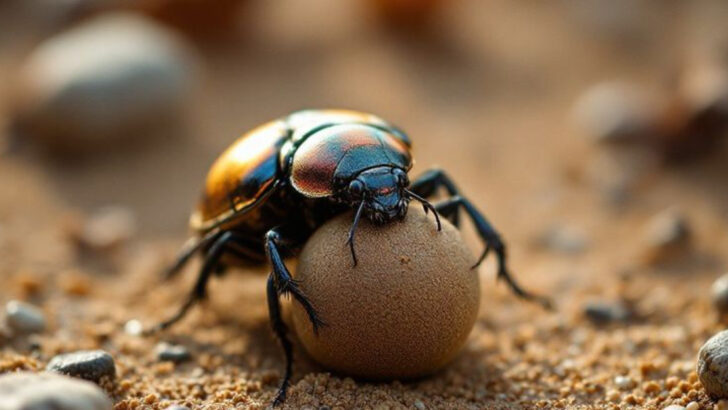The Grand Canyon might be best known for its sweeping views and layered cliffs, but it’s also full of life if you know where to look. From the rocky ledges to the Colorado River below, animals have adapted in surprising ways to thrive in this dramatic landscape.
Some are easy to spot—like bighorn sheep perched on steep slopes—while others keep a low profile, blending into the desert colors. Each species plays a part in the canyon’s complex ecosystem, adding another layer to what makes this place so special. Watching wildlife here isn’t just about what you see—it’s about noticing the quiet, often overlooked moments of nature at work.
California Condor
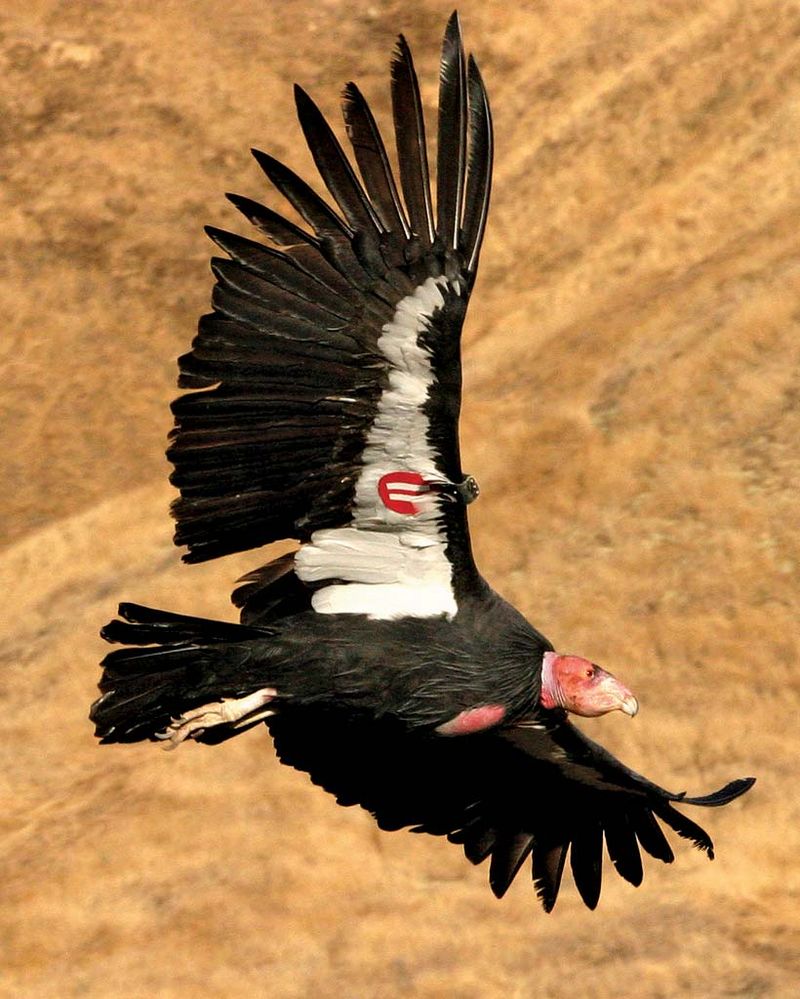
The California Condor is one of the most iconic birds you might spot in the Grand Canyon. Known for its impressive wingspan, which can reach up to nine feet, this bird is a marvel in the sky. These vultures are often seen gliding effortlessly over the canyon, taking advantage of thermal air currents.
Once on the brink of extinction, intense conservation efforts have brought them back from the edge. Today, spotting a California Condor in its natural habitat is not only a visual delight but also a testament to the success of wildlife preservation. Keep your eyes to the skies for this incredible avian giant.
Canyon Tree Frog
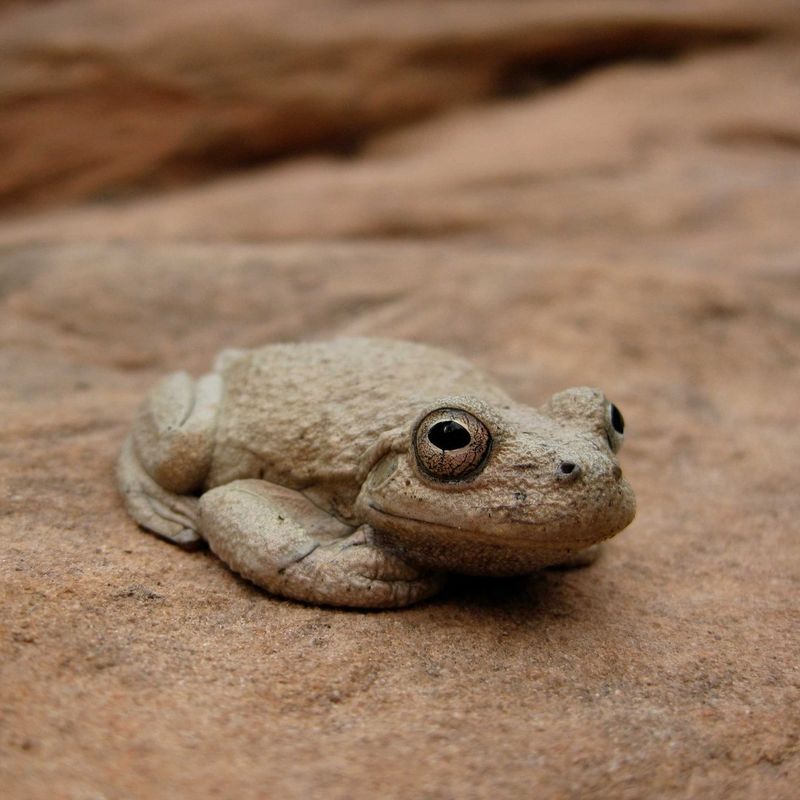
Imagine a creature perfectly at home among the rocky crevices of the Grand Canyon. The Canyon Tree Frog is an expert in blending with its environment, thanks to its camouflaged skin. Its unique adaptation allows it to hide from predators while hunting insects.
With its sticky toe pads, this frog can scale the vertical surfaces of the canyon walls effortlessly. Found near streams and springs, the Canyon Tree Frog is usually heard before it is seen, as its call resonates through the arid landscape.
Did you know? These frogs can survive extreme temperature fluctuations common in the canyon.
Bighorn Sheep
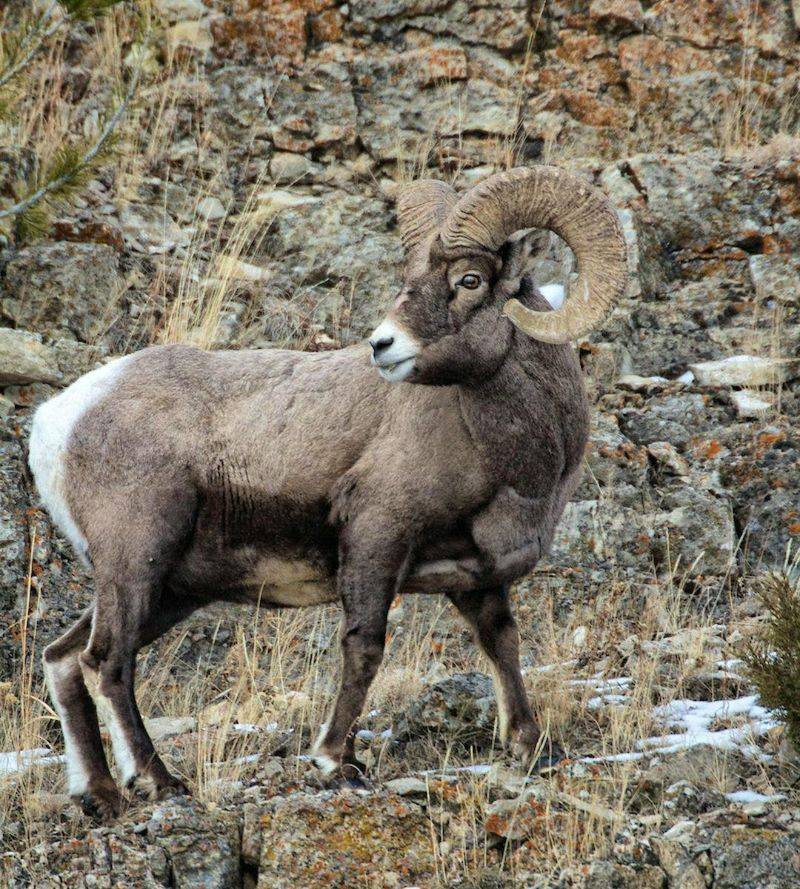
The Bighorn Sheep is an agile and sure-footed resident of the Grand Canyon. These animals are easily recognizable by their large, curled horns and muscular build. They are often seen navigating the sheer cliffs and rocky outcrops with remarkable ease.
Their ability to traverse the rugged canyon landscape is nothing short of impressive, making them a fascinating subject for wildlife enthusiasts. Observing a Bighorn Sheep in action is a true testament to nature’s engineering. Look out for them balancing on the canyon’s edges, defying gravity with every step.
Grand Canyon Rattlesnake
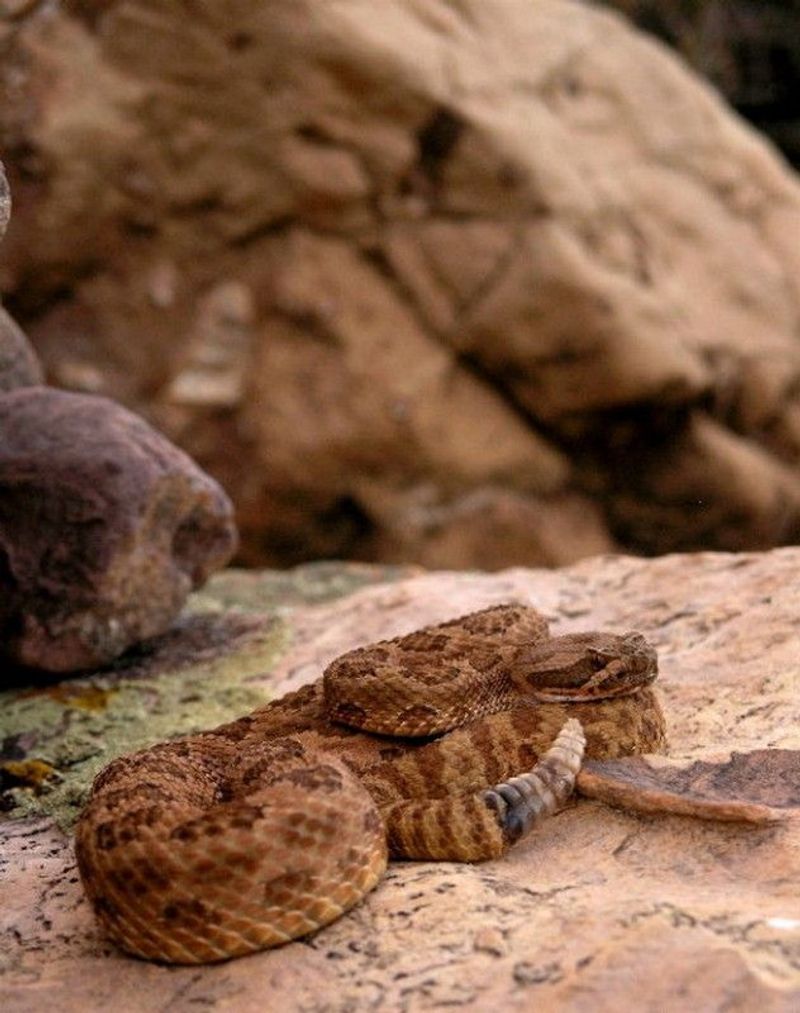
Gracefully slithering through the rugged terrain, the Grand Canyon Rattlesnake is a marvel of evolution. Its pinkish coloration serves as perfect camouflage against the rocky landscape. This venomous snake is not only an efficient predator but also a skilled survivor.
Using its rattle as a warning, it deters potential threats, maintaining a balance in the ecosystem. The Grand Canyon Rattlesnake’s presence is a reminder of nature’s intricate design.
Interestingly, this snake is one of the few species endemic to the Grand Canyon, highlighting the area’s unique biodiversity.
Elk
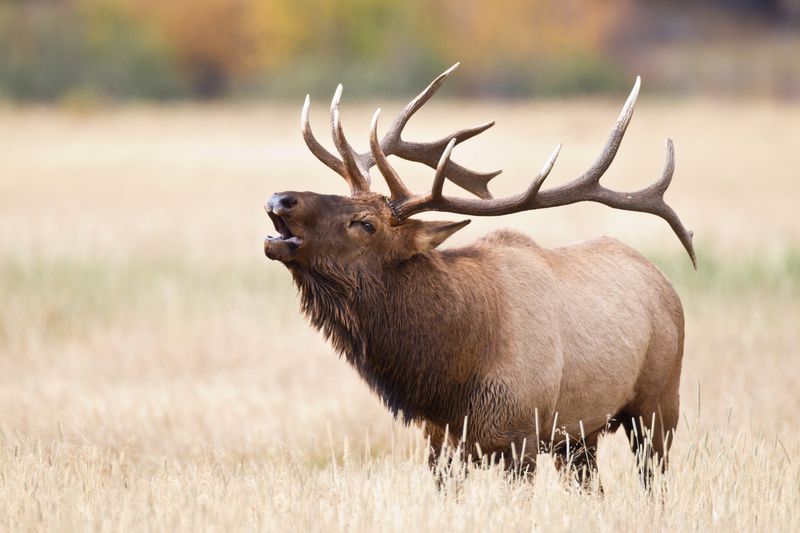
Elk are one of the largest mammals you can encounter in the Grand Canyon. With their towering antlers and thick, brown coats, they are a sight to behold. These herbivores are often found grazing in the meadows and forests that fringe the canyon.
During the rutting season, their bugling calls echo through the canyon, adding a unique auditory experience to your visit. The presence of these magnificent creatures highlights the diverse ecosystems within the Grand Canyon. Stay alert and respect their space, as they are truly wild inhabitants of this iconic landscape.
Mountain Lion
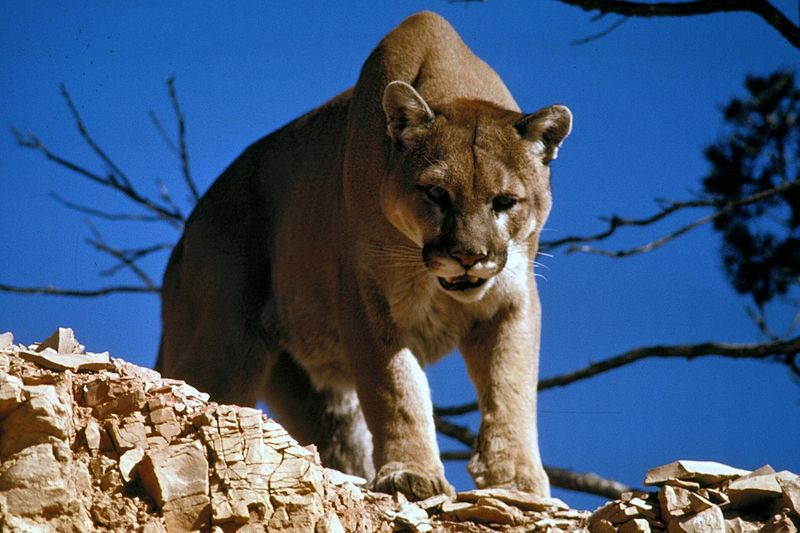
The Mountain Lion, also known as the cougar, is a mysterious and elusive predator that roams the Grand Canyon. Known for its stealth and power, this feline is rarely seen, making any sighting a rare treat. They possess a tawny coat and a long, muscular body that aids in their hunting prowess.
Mountain Lions play a crucial role in controlling the population of herbivores within the canyon ecosystem. Their presence, though rarely witnessed, is vital for maintaining ecological balance. If you happen to glimpse one, it’s an experience you’ll likely never forget.
Rock Squirrel
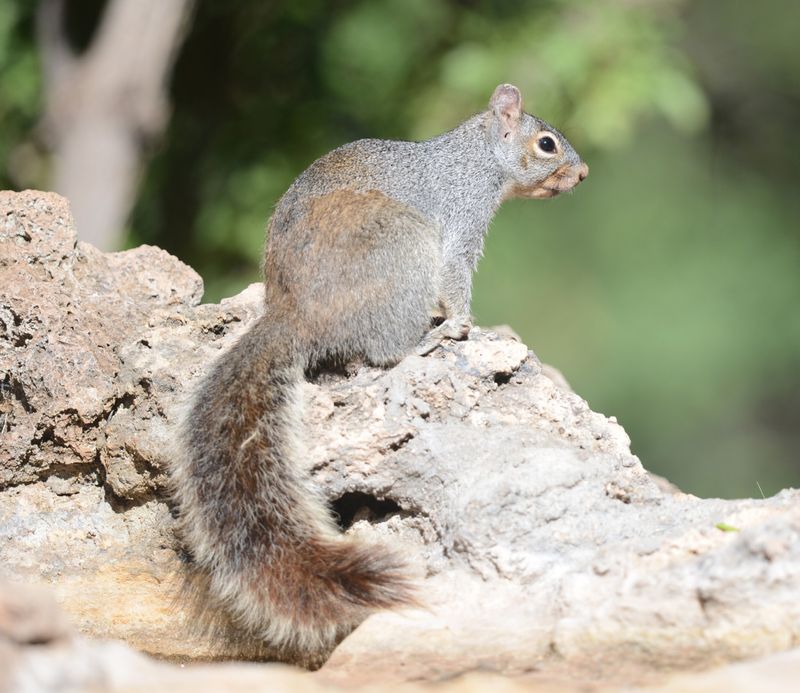
The Rock Squirrel is one of the most commonly spotted mammals in the Grand Canyon. These rodents are known for their bushy tails and speckled fur, which provide excellent camouflage against the rocky landscape.
Often seen sunning themselves on boulders or darting around campsites, they are a familiar and charming sight for visitors. However, it’s essential to resist the urge to feed them, as human food can be detrimental to their health. Watching these squirrels in their natural habitat offers a small, yet delightful, glimpse into the canyon’s rich biodiversity.
Western Rattlesnake
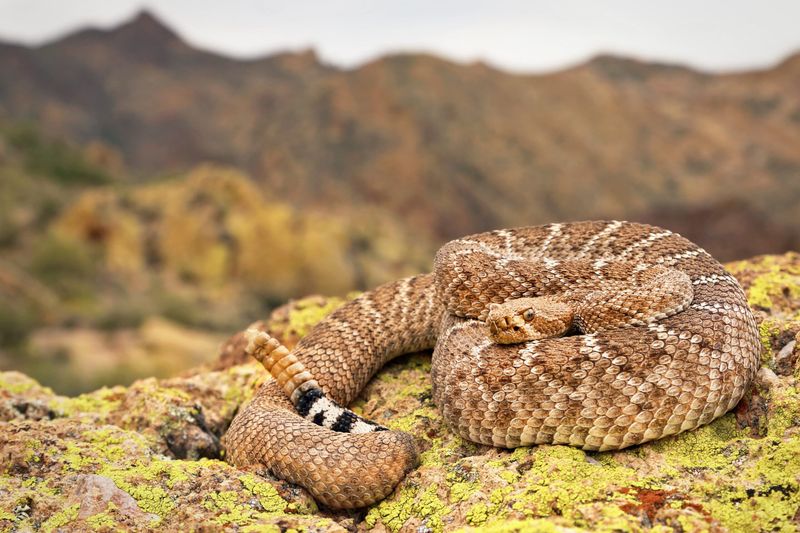
The Western Rattlesnake is a venomous inhabitant of the Grand Canyon, renowned for its distinctive rattle and diamond-patterned skin. These snakes are masters of camouflage, often blending seamlessly into the rocky terrain.
While their reputation may invoke fear, rattlesnakes are generally shy and prefer to avoid humans. If encountered, it’s crucial to give them space and observe from a safe distance. Their presence is a reminder of the canyon’s wild and untamed nature. Spotting a rattlesnake in the wild can be both thrilling and humbling, showcasing the diversity of life within the canyon.
Mule Deer
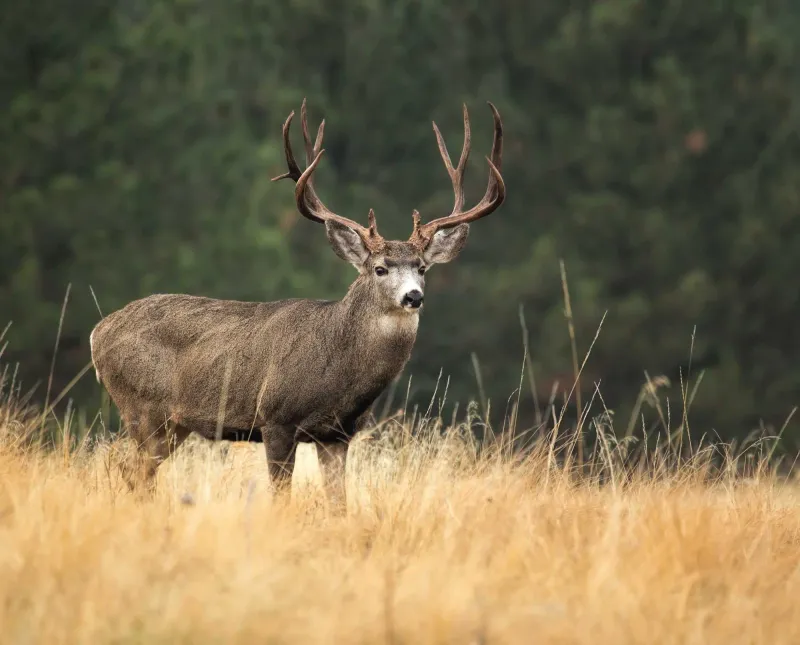
Mule Deer are graceful herbivores that frequently roam the Grand Canyon. Easily recognizable by their large ears and gentle appearance, these deer are often seen grazing near the canyon’s rim.
They play a vital role in the ecosystem, helping to control the growth of vegetation. Watching a herd of Mule Deer move quietly through the landscape is a serene and captivating experience. While observing, maintain a respectful distance to ensure their natural behaviors are not disrupted, allowing for a peaceful coexistence between humans and wildlife.
Red-tailed Hawk
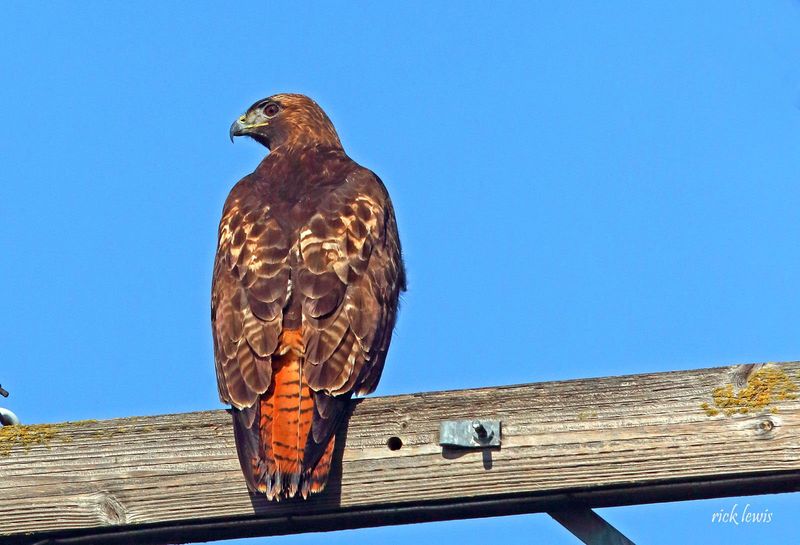
The Red-tailed Hawk is a majestic raptor that graces the skies above the Grand Canyon. Known for its keen eyesight and distinctive reddish tail, this bird of prey is a master hunter.
Soaring effortlessly on thermal updrafts, the Red-tailed Hawk is often spotted scanning the ground for small mammals and other prey. Its presence adds a dynamic element to the already dramatic vistas of the canyon. Observing this hawk in flight provides a breathtaking glimpse into the life of a top predator. Keep your binoculars ready for a chance to witness this avian hunter in action.
Ringtail Cat
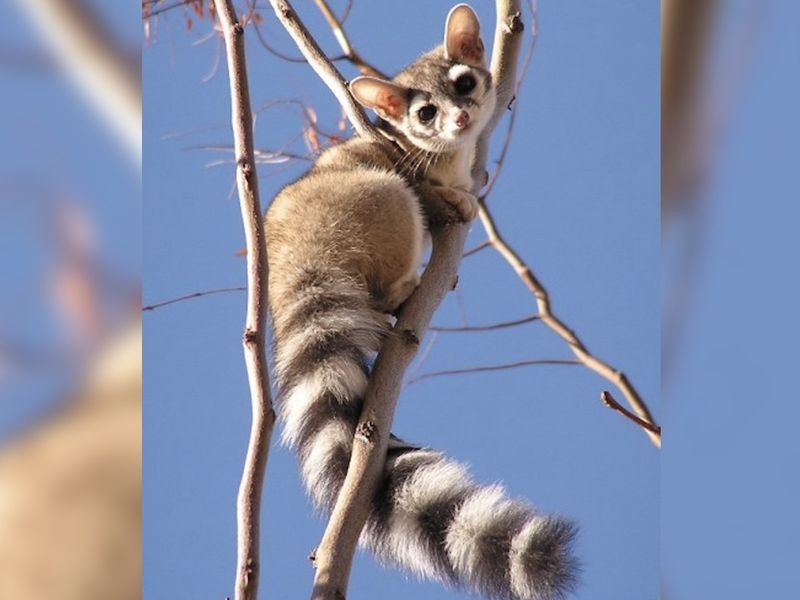
The Ringtail Cat, though more closely related to raccoons, is a nocturnal resident of the Grand Canyon. With its long, bushy tail and large eyes, it is well-equipped for life in the canyon’s rugged terrain.
Ringtails are agile climbers, often seen navigating the rocky cliffs under the cover of night. Their elusive nature makes them a rare sight, but knowing they thrive in this environment adds to the canyon’s mystique. If you’re lucky, you might catch a glimpse of this fascinating creature during a nighttime exploration of the canyon’s depths.
Collared Lizard
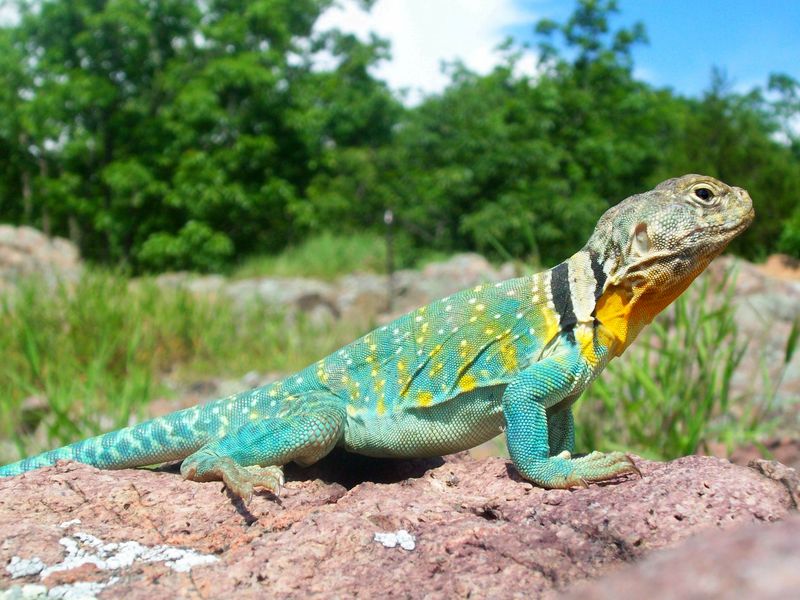
The Collared Lizard, with its vibrant blue and green hues, is a striking reptile found in the Grand Canyon. Named for the distinctive black bands around its neck, this lizard is a master of its rocky domain.
Often seen basking in the sun, Collared Lizards are quick and agile, capable of impressive bursts of speed. Their presence adds a splash of color to the canyon’s arid landscape. Watching these lizards can be a captivating experience, offering a glimpse into the adaptations that allow life to thrive in such a harsh environment. Keep an eye out for their vivid displays.
Desert Cottontail
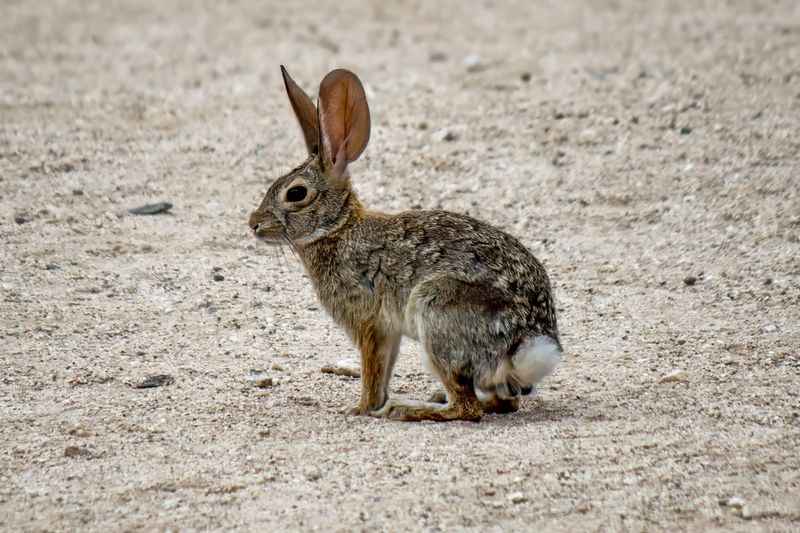
The Desert Cottontail is a small, nimble rabbit found throughout the Grand Canyon. Recognizable by its fluffy white tail and large ears, this rabbit thrives in the desert environment.
Often seen foraging among shrubs and grasses, the Desert Cottontail is a key part of the canyon’s food web, providing sustenance for a variety of predators. Their presence is a testament to the adaptability of life in arid conditions. Observing these rabbits in their natural habitat offers a glimpse into the delicate balance of the canyon’s ecosystem. Enjoy the subtle charm of these gentle creatures.
Greater Roadrunner
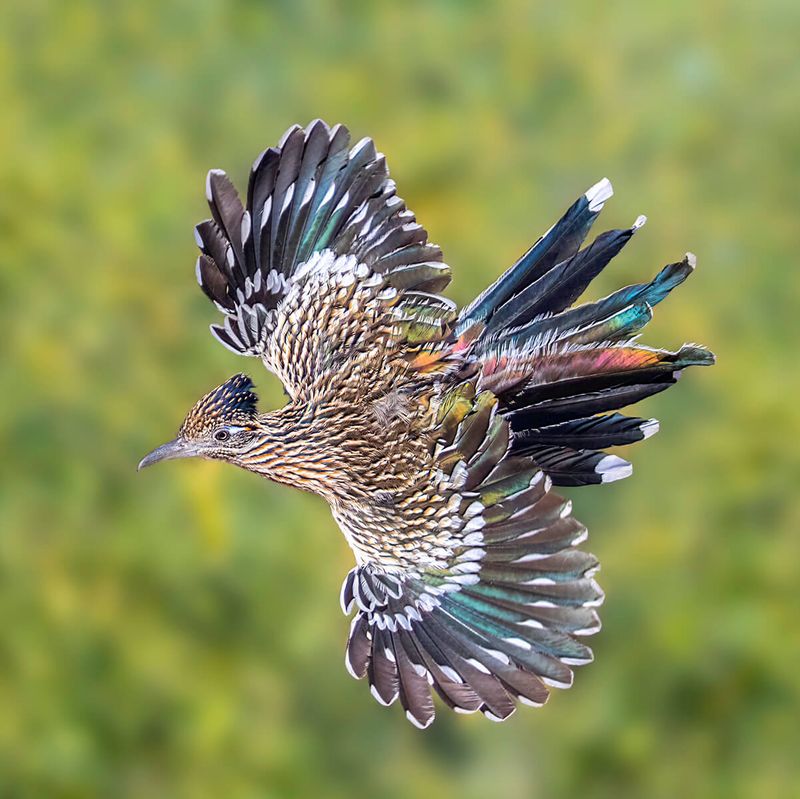
The Greater Roadrunner is an iconic bird of the desert, often spotted darting across the Grand Canyon’s arid landscape. Known for its speed and distinctive appearance, with a crest and long tail, this bird is a skilled hunter.
Roadrunners are adept at catching snakes, lizards, and insects, making them fascinating to watch in action. Their presence adds a lively dynamic to the canyon’s ecosystem. Observing a roadrunner in the wild is a delightful experience, showcasing the unique adaptations that allow it to thrive in the desert. Keep an eye out for this desert sprinter on your next visit.
Canyon Wren
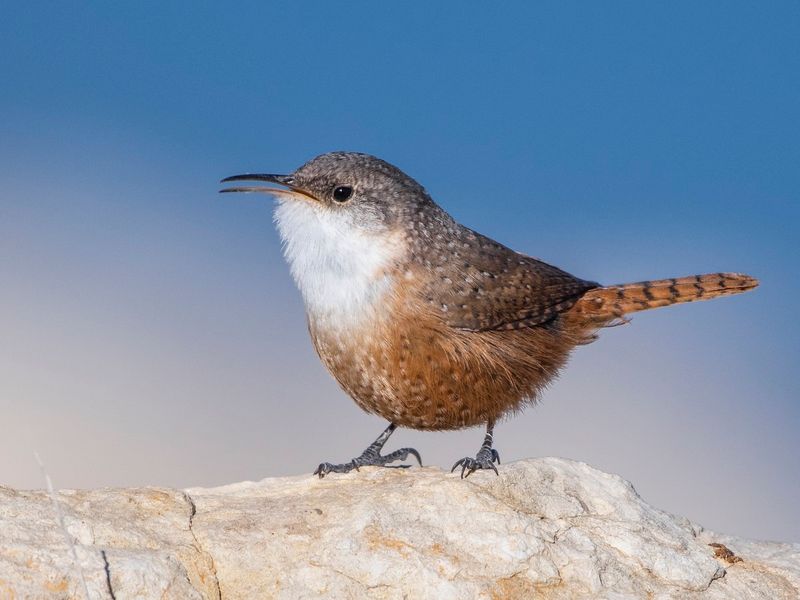
The Canyon Wren, with its distinctive song, is a charming resident of the Grand Canyon. Recognized by its russet plumage and long, curved beak, this small bird is often heard before it is seen.
Their melodious calls echo off the canyon walls, creating a beautiful auditory experience for visitors. Canyon Wrens are skilled climbers, often found navigating the sheer rock faces in search of insects and spiders. Observing these birds adds a layer of enchantment to your canyon exploration. Listen closely, and you’ll likely hear the sweet serenade of the Canyon Wren.
Kaibab Squirrel
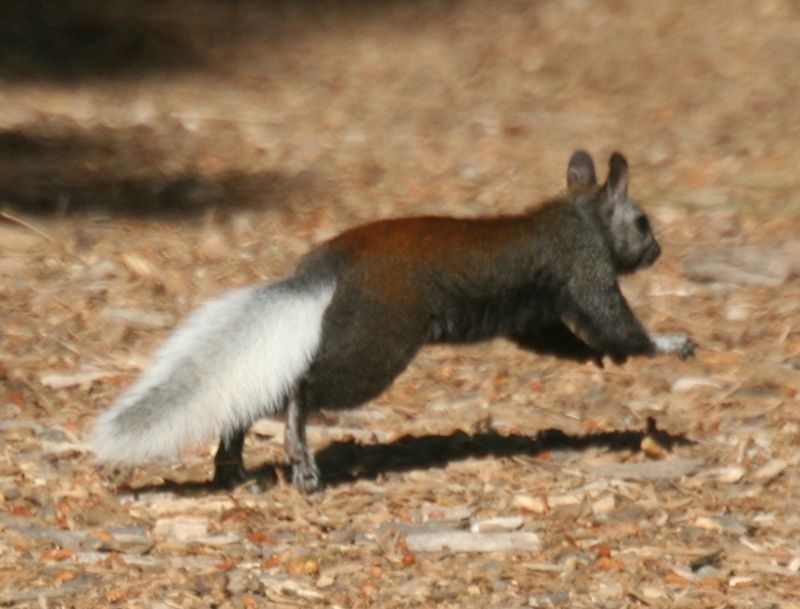
The Kaibab Squirrel is a unique and striking species found primarily in the forests of the Grand Canyon’s North Rim. With its tufted tail and distinctive ear tufts, this squirrel is a sight to behold.
Kaibab Squirrels are often seen foraging on the forest floor, collecting pine cones and other food sources. Their presence highlights the rich biodiversity of the canyon’s forested areas. Observing one offers insight into the intricate web of life that thrives in the canyon’s diverse habitats. Keep an eye out for their striking appearance during your northern explorations.
Gila Monster
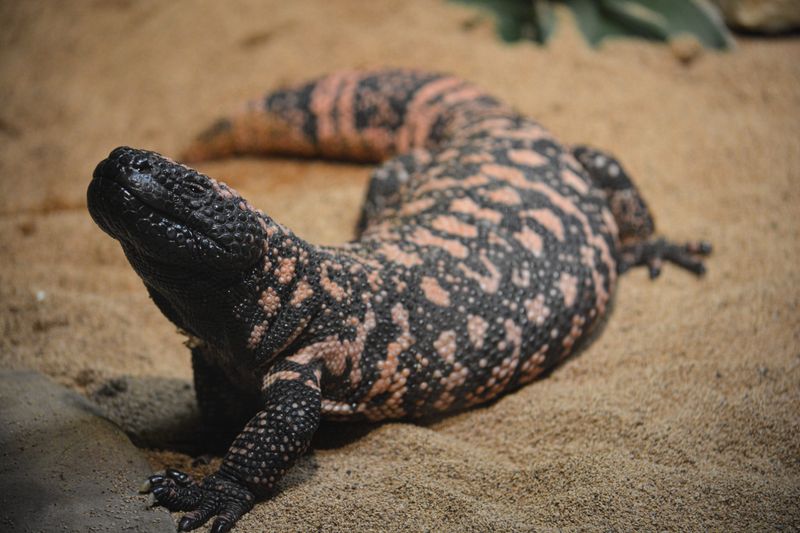
The Gila Monster is a rare and venomous lizard found in the Grand Canyon. Known for its distinctive beaded skin and vibrant black and orange coloration, this reptile is a fascinating inhabitant of the desert.
Despite their fearsome reputation, Gila Monsters are generally sluggish and pose little threat to humans when left undisturbed. Observing one in the wild is a unique experience, showcasing the remarkable adaptations that allow it to survive in a harsh environment. Keep a respectful distance and enjoy the sight of this extraordinary lizard, a true desert survivor.
Black-tailed Jackrabbit
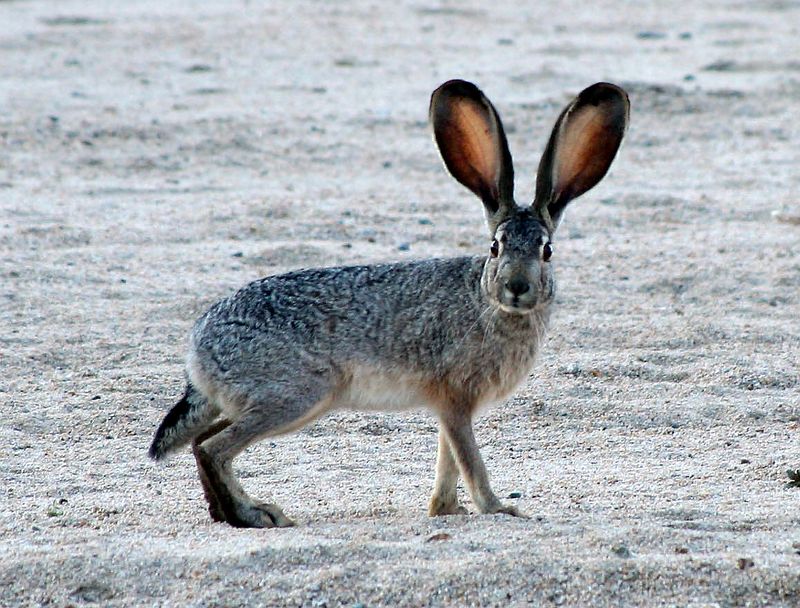
The Black-tailed Jackrabbit is a common sight in the Grand Canyon’s desert landscape. Easily identified by its long ears and black-tipped tail, this hare is well-adapted to the arid environment.
These hares are known for their impressive speed and agility, often seen bounding across the desert floor. Their presence is a vital part of the canyon’s ecosystem, serving as prey for predators like coyotes and hawks. Watching a jackrabbit in action is a thrilling experience, offering a glimpse into the life of a desert survivor. Keep your eyes peeled for their swift movements at dusk and dawn.
Turkey Vulture
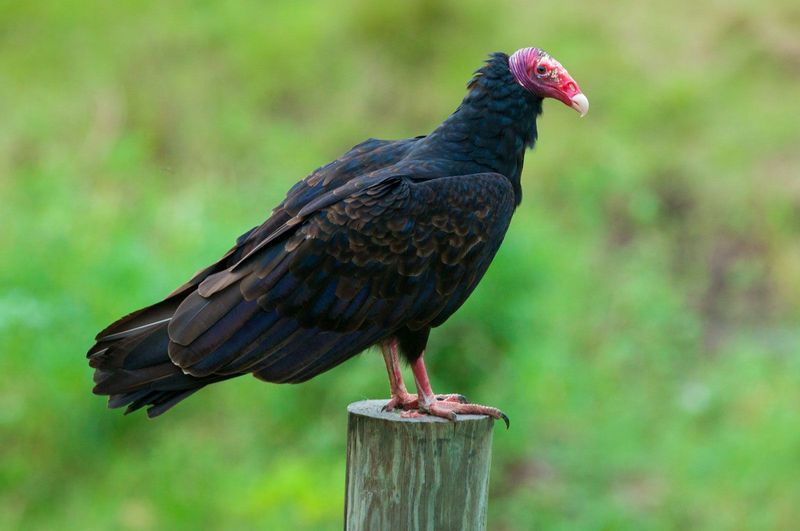
The Turkey Vulture is a familiar sight in the skies above the Grand Canyon. Recognizable by its red head and broad wings, this scavenger plays an important role in the ecosystem by cleaning up carrion.
Turkey Vultures are often seen soaring in groups, using thermal currents to effortlessly glide over the canyon. Their presence adds to the dynamic aerial display of the area’s birdlife. Observing these vultures can be a fascinating experience, highlighting the unseen yet vital processes that maintain the canyon’s ecological balance. Look to the skies for their graceful, soaring flights.
Coyote
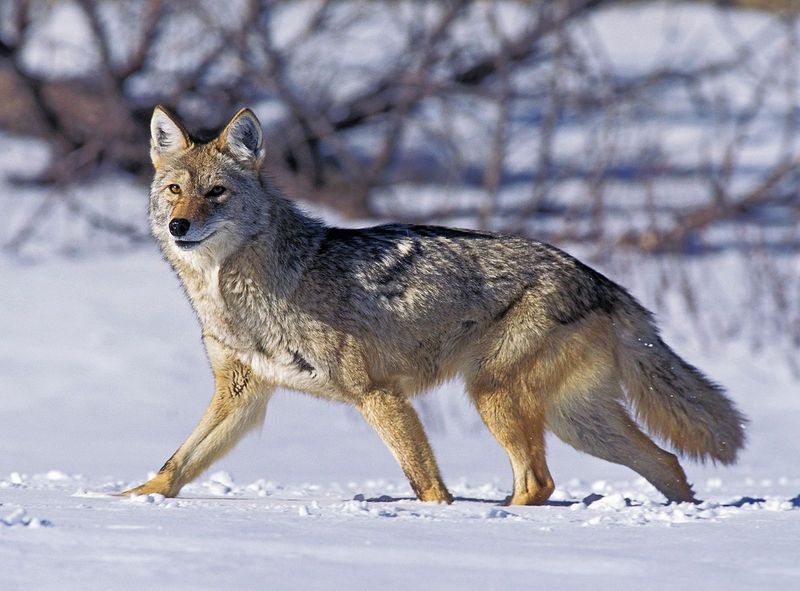
The Coyote is a cunning and adaptable predator found throughout the Grand Canyon. Known for its bushy tail and keen intelligence, this canine is a master of survival in diverse environments.
Coyotes are often heard howling at night, a hauntingly beautiful sound that echoes through the canyon. Their adaptability allows them to thrive in both arid and forested areas, making them an integral part of the ecosystem. Spotting a Coyote in the wild is a thrilling experience, offering a glimpse into the life of one of nature’s most resourceful creatures. Respect their space and enjoy their wild charm.
Spotted Skunk
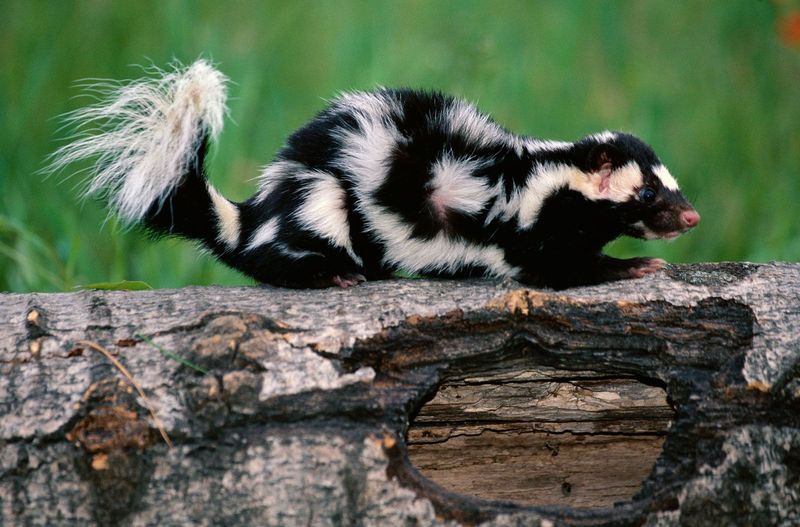
The Spotted Skunk is a small, nocturnal mammal known for its distinctive black and white pattern. Found in the Grand Canyon, this skunk has a unique way of defending itself, performing a handstand before spraying its foul-smelling spray.
Despite their reputation, Spotted Skunks play an important role in controlling insect and rodent populations. Watching one in action, albeit from a distance, is a reminder of the intricate balance of life in the canyon. Their presence adds a touch of mystery to the nocturnal landscape. Keep an eye out for their distinctive markings during your evening outings.
Bald Eagle
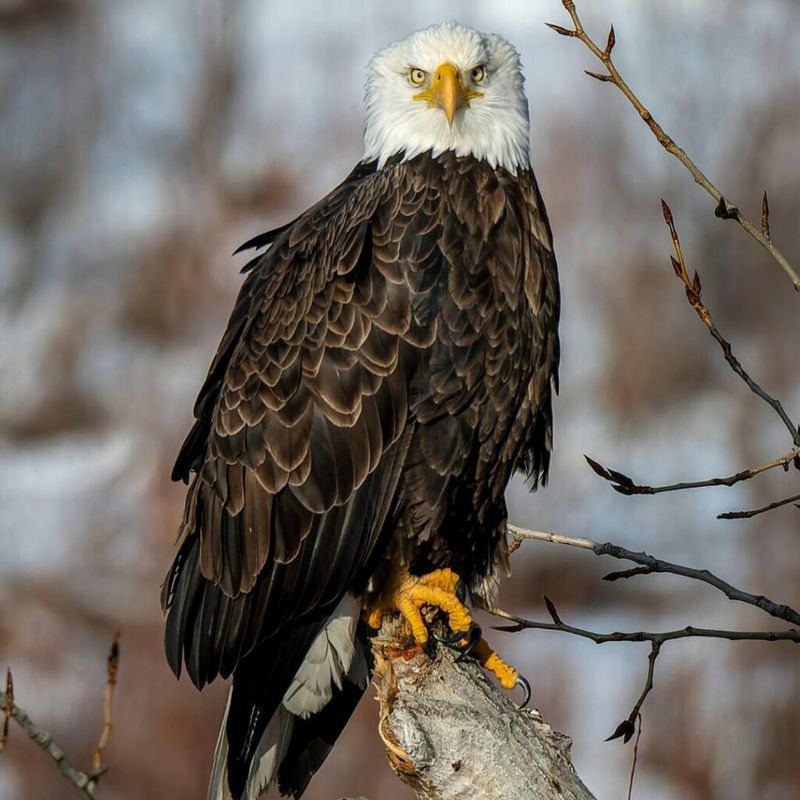
The Bald Eagle, a symbol of American freedom, can occasionally be spotted within the Grand Canyon. With its striking white head and dark brown body, this bird of prey is a breathtaking sight.
Often seen perched on cliff edges, Bald Eagles are expert hunters, feeding primarily on fish. Their presence in the canyon is a testament to the area’s rich biodiversity and the health of its ecosystems. Observing a Bald Eagle in its natural habitat is a truly awe-inspiring experience, offering a rare glimpse into the life of this majestic raptor. Keep your binoculars ready for this iconic sight.
Pronghorn Antelope
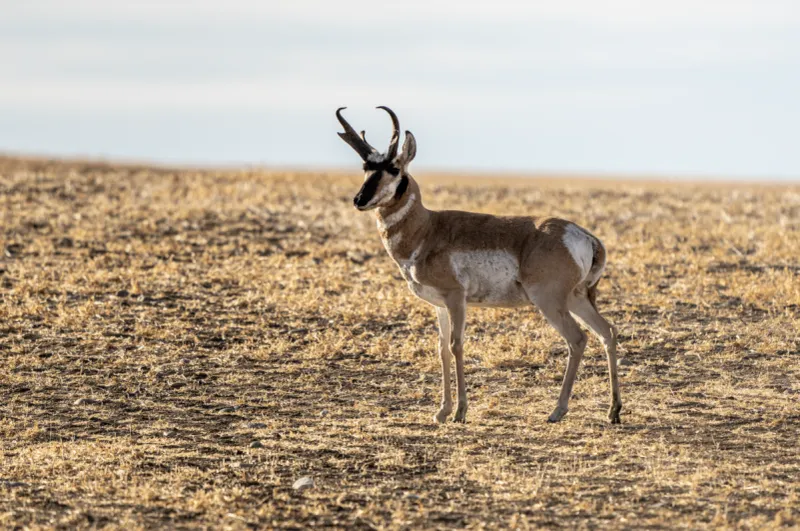
The Pronghorn Antelope is a swift and graceful herbivore occasionally seen near the Grand Canyon. Known for their distinctive white and tan markings and sleek bodies, pronghorns are built for speed.
These animals can reach speeds of up to 60 miles per hour, making them one of the fastest land mammals in North America. Observing a Pronghorn Antelope in motion is a thrilling experience, showcasing the power and agility of these remarkable creatures. Their presence highlights the diverse range of wildlife that can be found in and around the Grand Canyon. Keep an eye out for their elegant forms on the horizon.
Yellow-bellied Marmot
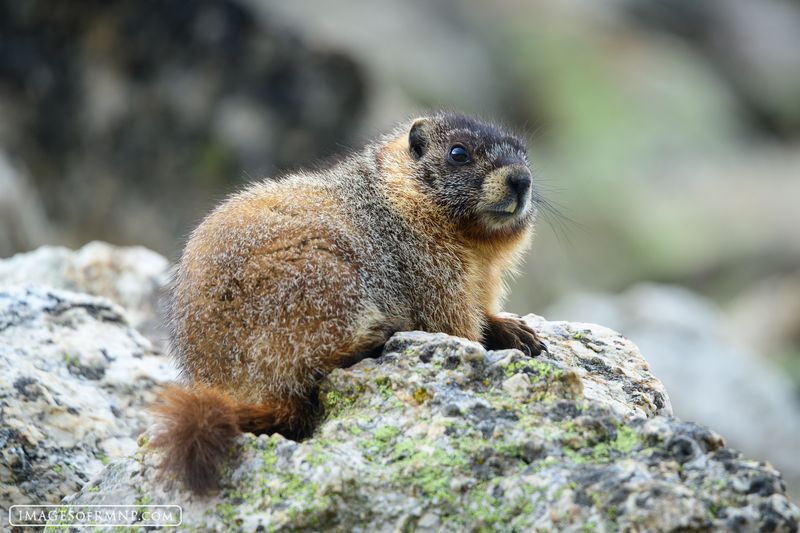
The Yellow-bellied Marmot is a charming rodent often seen in the Grand Canyon’s rocky areas. Recognizable by their thick fur and curious expressions, marmots are social animals that live in colonies.
These marmots are often observed sunning themselves on rocks, adding a touch of whimsy to the canyon’s rugged landscape. Their presence is a reminder of the rich and varied life that thrives even in harsh environments. Watching a Yellow-bellied Marmot in its natural habitat is a delightful experience, offering insight into the social dynamics of these endearing creatures. Keep an eye out for their playful antics.
Peregrine Falcon
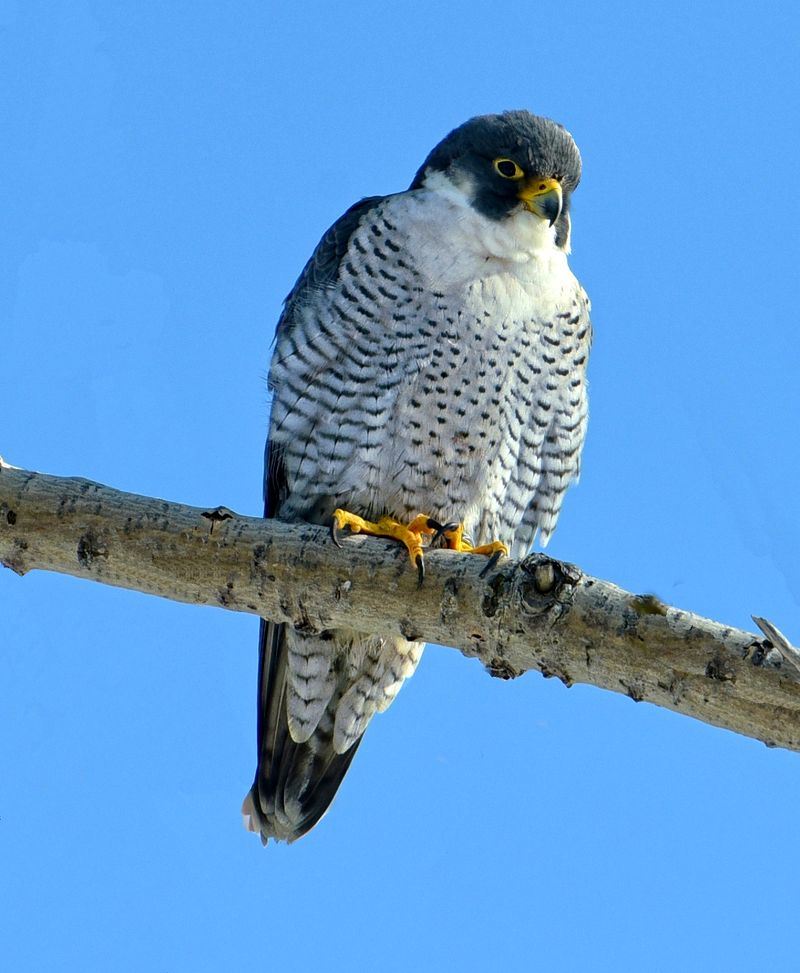
The Peregrine Falcon is a master of the skies and one of the fastest animals in the Grand Canyon. Known for its incredible speed and sharp talons, this raptor is an exceptional hunter.
Peregrine Falcons are often seen diving at high speeds to catch their prey, a sight that is both thrilling and awe-inspiring. Their presence is a testament to the canyon’s robust bird population and the health of its ecosystems. Observing a Peregrine Falcon in action is a memorable experience, offering a front-row seat to one of nature’s most spectacular aerial displays.
American Bullfrog
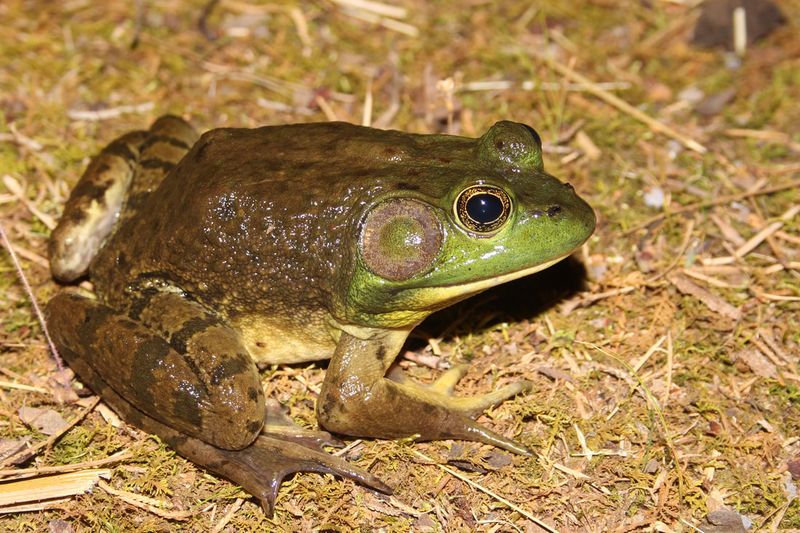
The American Bullfrog is a large amphibian found in the watery oases of the Grand Canyon. Known for its green skin and distinctive croak, this frog is a prominent part of the aquatic ecosystem.
Bullfrogs are often found near ponds and streams, where they prey on insects, small fish, and even other frogs. Their presence is indicative of the canyon’s diverse habitats and the life they support. Observing an American Bullfrog in its natural environment offers a glimpse into the interconnectedness of aquatic and terrestrial life in the canyon. Enjoy the symphony of croaks during your visit.
Harris’s Hawk
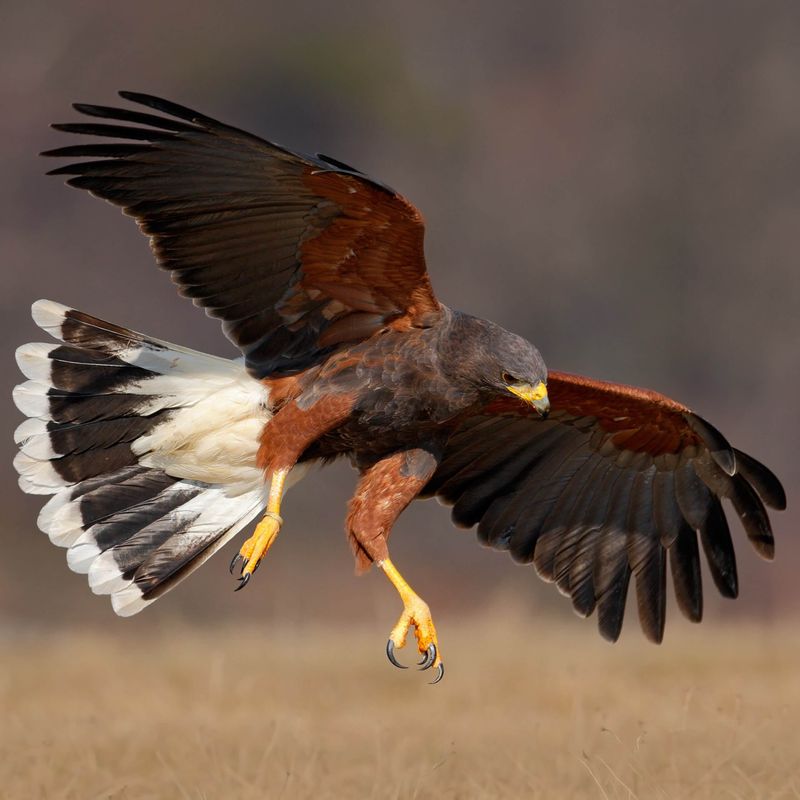
Harris’s Hawk is a social raptor known for its cooperative hunting behaviors, often seen in the Grand Canyon. With striking brown and white plumage, this bird of prey is a skilled hunter.
Harris’s Hawks are unique in that they hunt in groups, a strategy that sets them apart from most other raptors. Their presence highlights the social dynamics of avian predators in the canyon. Observing these hawks hunt in packs is a fascinating experience, showcasing the adaptability and intelligence of these remarkable birds. Keep your eyes peeled for their collaborative efforts in capturing prey.
Painted Redstart
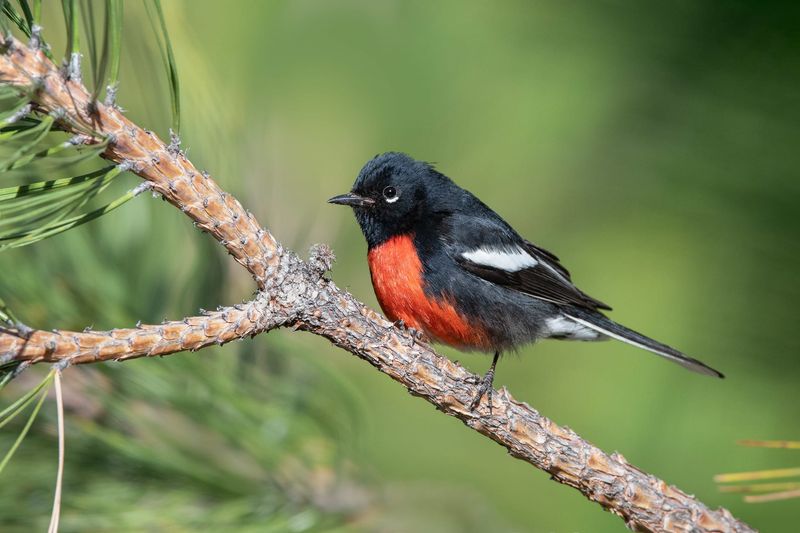
The Painted Redstart is a vibrant and lively songbird found in the wooded areas of the Grand Canyon. Known for its bright red breast and contrasting black and white wings, this bird adds a splash of color to the landscape.
Painted Redstarts are often seen flitting among trees, catching insects in mid-air with acrobatic grace. Their presence adds a lively, colorful dynamic to the canyon’s birdlife. Observing a Painted Redstart in action is a delightful experience, offering a glimpse into the vibrant avian life thriving within the canyon. Keep your binoculars handy for this colorful spectacle.
Western Tanager
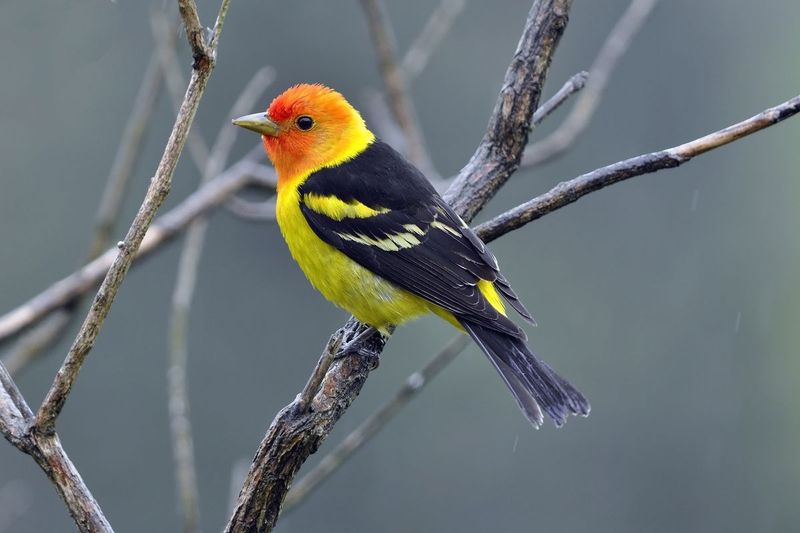
The Western Tanager is a colorful songbird that graces the forests of the Grand Canyon. Recognizable by its bright yellow body and red head, this bird is a visual delight.
Western Tanagers are often seen in the forested areas, where they feed on insects and fruit. Their striking appearance and melodious song make them a favorite among birdwatchers. Observing a Western Tanager is a memorable experience, offering a glimpse into the rich tapestry of life that thrives in the canyon’s diverse habitats. Keep an eye out for their vibrant flashes of color during your visit.
Black Bear
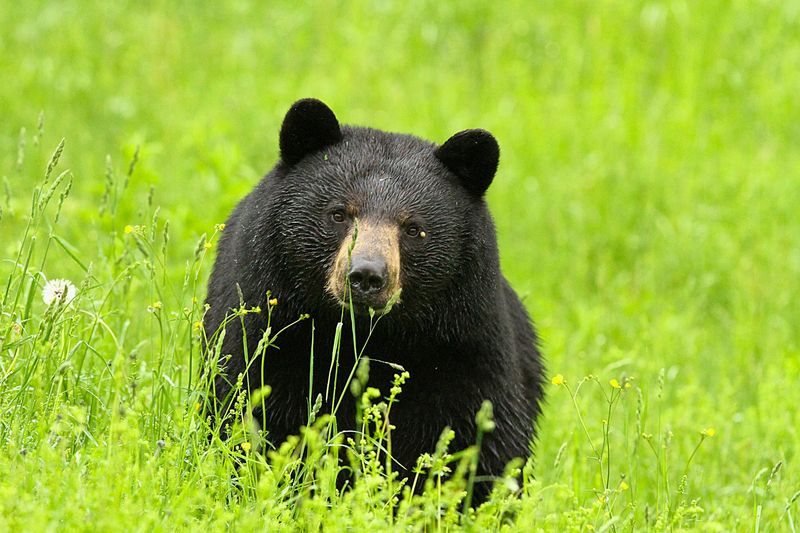
Black Bears are occasional visitors to the forested regions of the Grand Canyon. Recognizable by their glossy black fur and powerful build, these bears are typically shy and avoid human contact.
Black Bears are opportunistic feeders, foraging for berries, insects, and small mammals. Their presence is a reminder of the wild and untamed nature of the canyon. Observing a Black Bear in its natural habitat is a rare and thrilling experience, offering a glimpse into the life of one of the canyon’s largest mammals. Maintain a safe distance and respect their space while enjoying the sight.
Translucent Rainbow Beetle
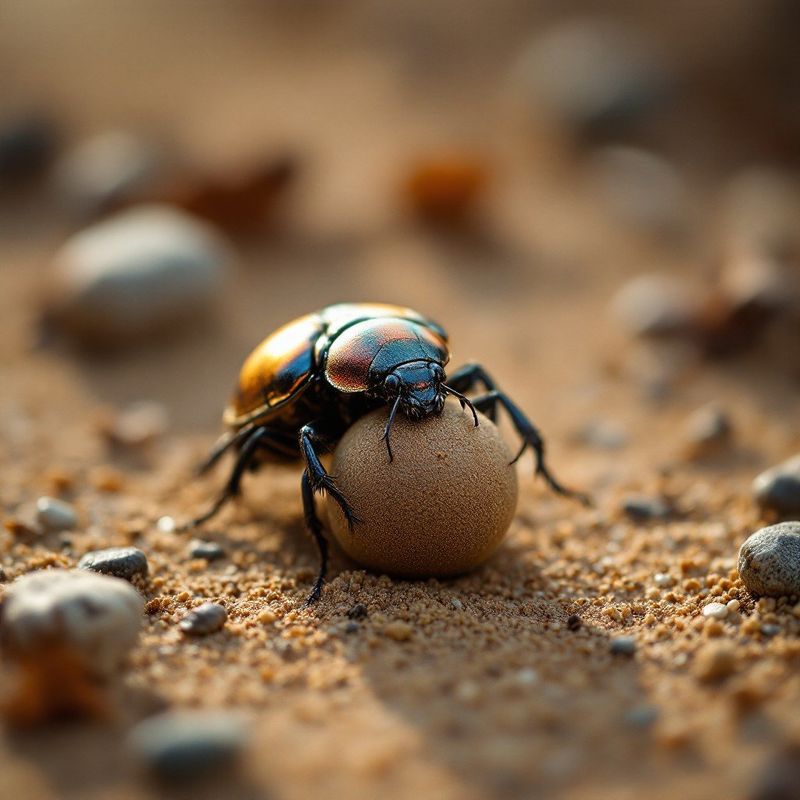
The Translucent Rainbow Beetle is a rare find in the Grand Canyon, boasting a shell that refracts sunlight into a vibrant spectrum of colors. This marvel of nature is often seen after a rare desert rain, when the moisture brings them out of their sandy burrows.
Their delicate, glass-like bodies are not only a defensive mechanism but also a beautiful spectacle. Observers lucky enough to spot these beetles should tread lightly, as their habitat is fragile. With patience, you might witness this enigmatic creature adding a splash of color to the canyon’s earthy tones.
Abert’s Squirrel
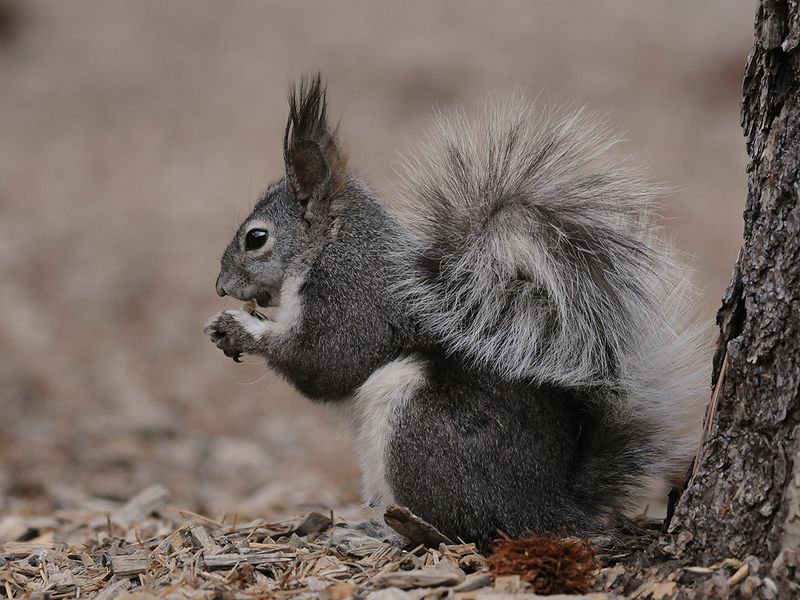
Abert’s Squirrel is a striking creature known for its tufted ears and bushy white tail. Found among the Ponderosa Pine forests at the South Rim, these squirrels are often seen scampering along branches or searching for food on the forest floor.
Unlike other squirrels, Abert’s Squirrel relies heavily on Ponderosa Pines for sustenance, consuming seeds, buds, and even bark. They play an essential role in the ecosystem by helping in the dispersal of these pine seeds.
When visiting the Grand Canyon, keep an eye out for these charming creatures, especially in the morning or late afternoon when they’re most active.

